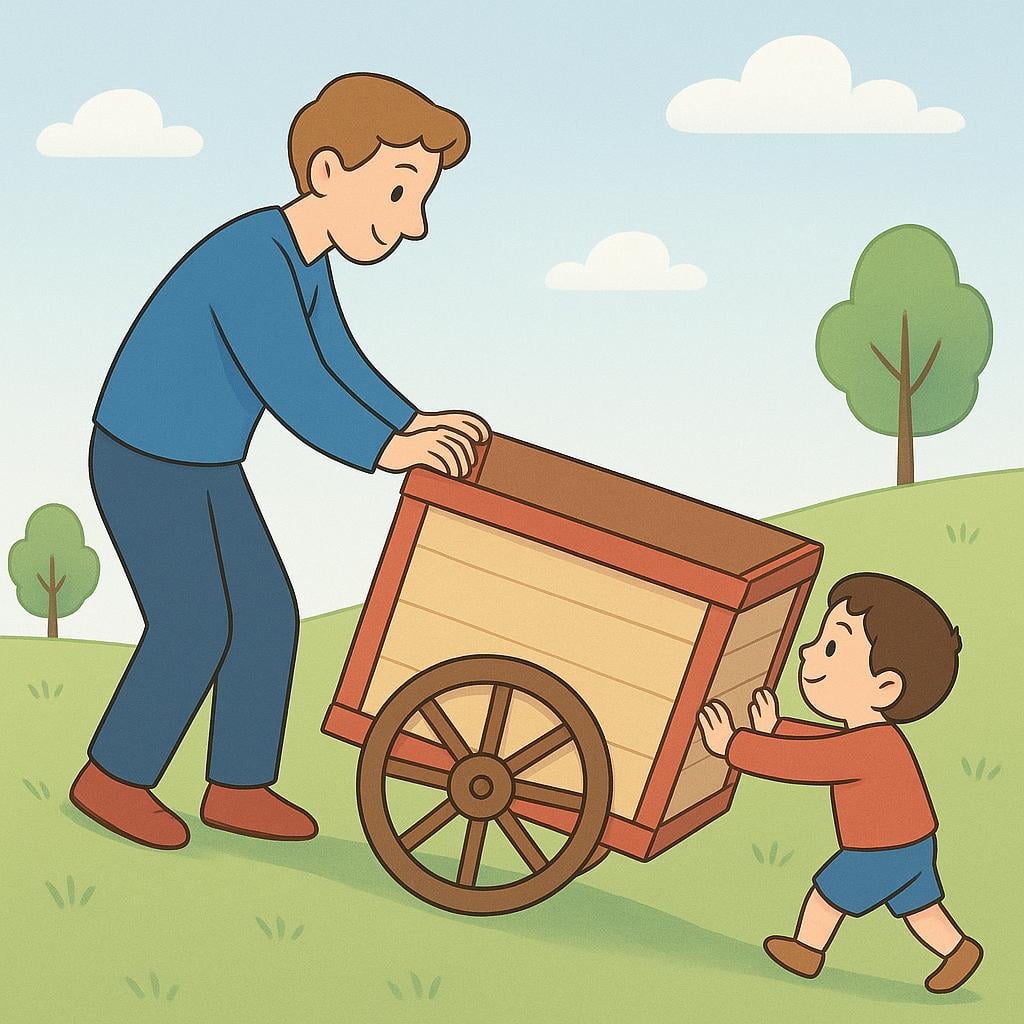
ayude
ah-YOO-deh
Quick Reference
📝 In Action
Por favor, ayude a su madre con las bolsas.
B1Please, help your mother with the bags. (Formal command)
Espero que la medicina me ayude a sentirme mejor.
B2I hope the medicine helps me feel better. (Subjunctive: expressing hope)
No creo que Juan ayude si no se lo pedimos.
B2I don't think Juan will help if we don't ask him. (Subjunctive: expressing doubt)
Si quiere, yo ayude con el proyecto.
B2If you want, I can help with the project. (Subjunctive: expressing possibility/willingness)
💡 Grammar Points
The Formal Command
When you need to politely tell one person (Usted) to help, you use 'Ayude.' This form is taken directly from the special verb form used for wishes and necessities (the present subjunctive).
Subjunctive Trigger
'Ayude' is used when expressing a wish, desire, or doubt about the action of helping, especially after phrases like 'Espero que...' (I hope that...) or 'Necesito que...' (I need that...).
❌ Common Pitfalls
Confusing Commands
Mistake: "Using 'Usted ayuda' for a command."
Correction: For a formal command, always use 'Ayude'. 'Usted ayuda' is only for stating a fact: 'You help every day.'
⭐ Usage Tips
Adding the Object
For commands, you attach pronouns to the end: 'Ayúdeme' means 'Help me,' and 'Ayúdele' means 'Help him/her/it.' Note the added accent mark!
🔄 Conjugations
indicative
present
imperfect
preterite
subjunctive
present
imperfect
✏️ Quick Practice
💡 Quick Quiz: ayude
Question 1 of 2
Which sentence correctly uses 'ayude' as a formal command?
📚 More Resources
Frequently Asked Questions
Why is 'ayude' used for both 'yo' and 'usted'?
Spanish verb forms often overlap. In the special 'subjunctive' form (used for wishes and emotions), the form for 'yo' (I), 'él/ella' (he/she), and 'usted' (you formal) are all identical: 'ayude.'
Is 'ayuda' the same as 'ayude'?
No. 'Ayuda' can mean 'help' (the noun) or it can be the common form of the verb: 'He/She/It helps' or the informal command 'Help!' ('Tú ayuda'). 'Ayude' is the polite command or the subjunctive form.